Glaucoma Articles
This is the place for the latest information about our work here at Glaucoma Research Foundation and for current events in the world of eye health. All breakthroughs and insights are made possible through the dedication of researchers, and through the continued financial support and active involvement of the community.

Sistemas alternativos de administración de fármacos para glaucoma: ¿Un futuro sin gotas?
En la actualidad se están investigando y desarrollando tecnologías “sin gotas” para administrar medicamentos contra glaucoma en el ojo.

Catalyst for a Cure: un enfoque sinérgico de la investigación científica
El Dr. John G. Flanagan habla de los recientes descubrimientos que podrían curar glaucoma basándose en los principales logros de la investigación de los 20 años de Catalyst for a Cure.

Glaucoma y su bienestar emocional
Si padece de glaucoma, es posible que esté experimentando problemas emocionales además del impacto de glaucoma en su visión.
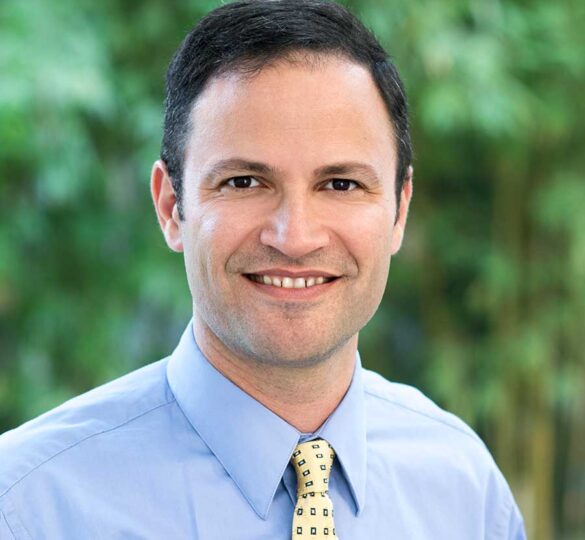
¿Habrá un tratamiento seguro con células madre para glaucoma en 2023?
El médico doctorado Jeffrey Goldberg repasa los avances recientes de la investigación y explica los riesgos potenciales.
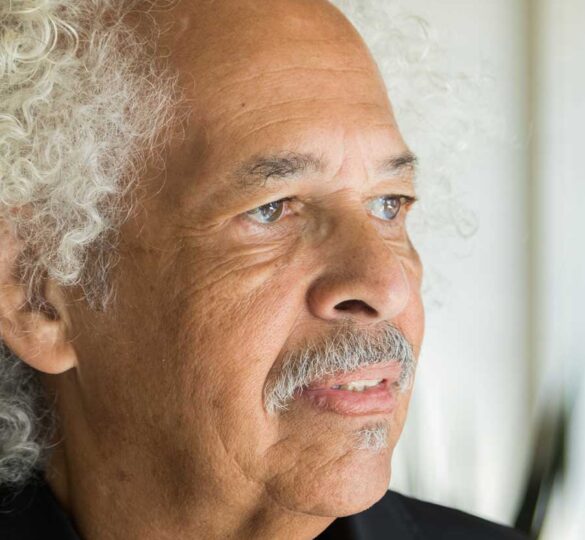
Consejos para vivir con glaucoma
Si usted o alguien de su entorno tiene baja visión debido al glaucoma o a otra enfermedad ocular, aquí tiene unos sencillos consejos que lo ayudarán a seguir llevando una vida cotidiana activa.

Explicación de la neurodegeneración
¿Qué es la neurodegeneración? ¿Y cómo afectarán los descubrimientos relacionados con ella a las personas con glaucoma?

Consejos e ideas para el paciente con glaucoma
Una especialista en glaucoma comparte los consejos que ha ido recopilando a lo largo de los años y que todo paciente debería conocer para controlar mejor su enfermedad.

Consejos para viajar con medicamentos para glaucoma
¿Está planificando unas vacaciones? Si es así, aquí tiene algunos consejos para viajar con sus medicamentos para glaucoma.
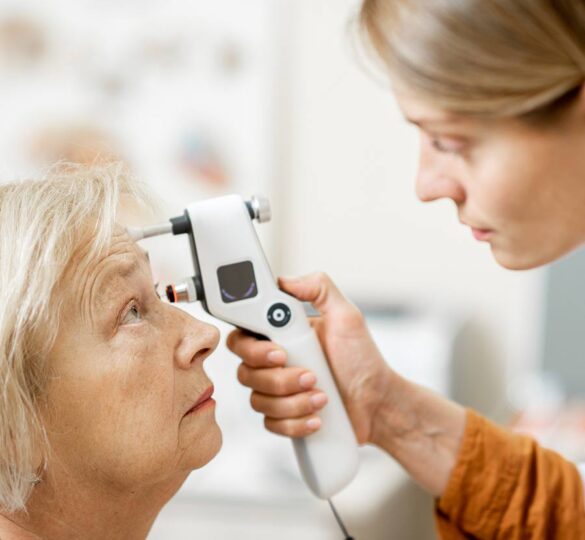
¿Qué presión ocular es segura para mí?
La respuesta corta es que “¡es complicado!”. En esta sección de preguntas y respuestas se abordan algunas dudas frecuentes.
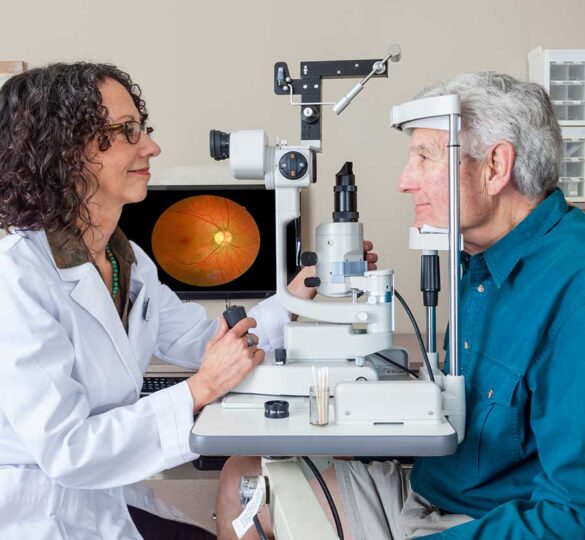
The Differences Between Glaucoma and Macular Degeneration
Glaucoma and macular degeneration are two prevalent eye conditions that can lead to severe visual impairment if not addressed promptly.
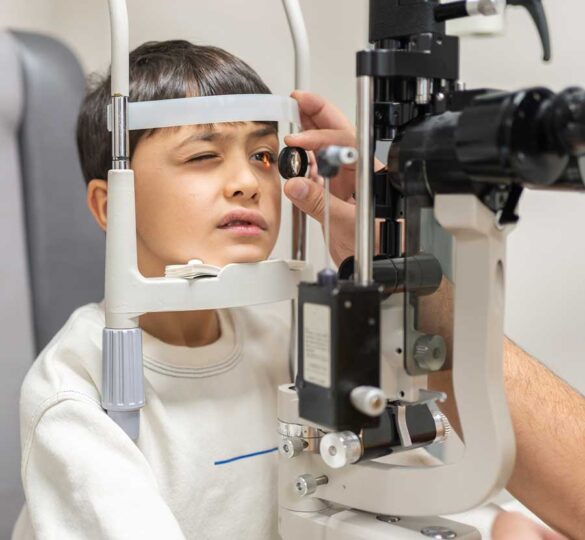
Types of Pediatric Glaucoma
Glaucoma can affect people of all ages, including infants, children, and young people.

The Connection Between Glaucoma and Other Medical Conditions
Understanding the connections between glaucoma and other health conditions is crucial because it can help doctors identify patients at higher risk of developing glaucoma.

Self-Efficacy and Empowerment
Access to high-quality information can help patients feel more in control.
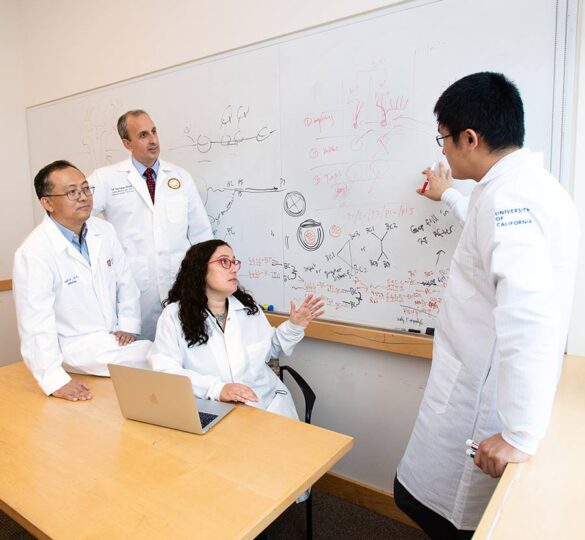
2023 Research Update from the Catalyst for a Cure Vision Restoration Team
The Catalyst for a Cure Vision Restoration Initiative (CFC3) is seeking innovative ways to regrow or replace retinal ganglion cells and axons, which make up the optic nerve.

2023 Research Update: Catalyst for a Cure Initiative to Prevent and Cure Neurodegeneration
The Melza M. and Frank Theodore Barr Foundation Catalyst for a Cure Initiative to Prevent and Cure Neurodegeneration began their investigations in 2022.

Glaucoma and Your Emotional Well-Being
If you have glaucoma, you may be experiencing emotional challenges in addition to the impact of glaucoma on your vision.
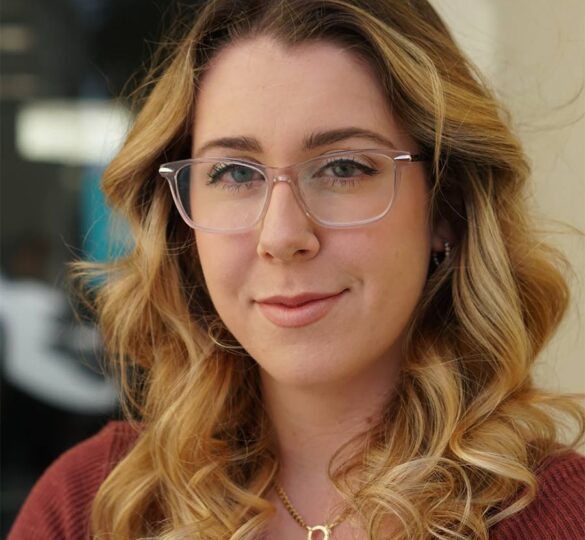
Million Dollar Eyes: Bianca Beach’s Glaucoma Story
“I’ve shifted perspective on my eye health. I took something that used to be a negative and turned it in to a positive.”

Alternative Drug Delivery Systems for Glaucoma: A Dropless Future?
Currently, there is extensive research and development on “drop-free” or “drop-less” technologies for delivering glaucoma medications to the eye.

What Eye Pressure is Safe for Me?
The short answer is that “it’s complicated!” This Q&A addresses some common questions.

African Descent and Glaucoma: Unraveling the Genetics Putting a Community at Higher Risk
Glaucoma occurs about five times more often in African Americans and blindness from glaucoma is about six times more common. In addition to this higher frequency, glaucoma often occurs earlier in life.

Glaucoma: Family Inheritance & Genetic Risks
Several risk factors can increase a person’s risk of developing hereditary glaucoma.
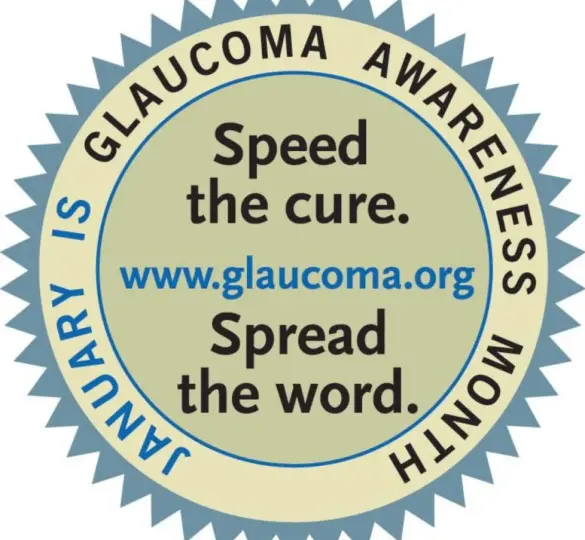
January is Glaucoma Awareness Month
January is National Glaucoma Awareness Month, an important time to spread the word about this sight-stealing disease.

Is There a Safe Stem-cell Treatment for Glaucoma in 2023?
Jeffrey Goldberg, MD, PhD reviews recent research progress and explains the potential risks.
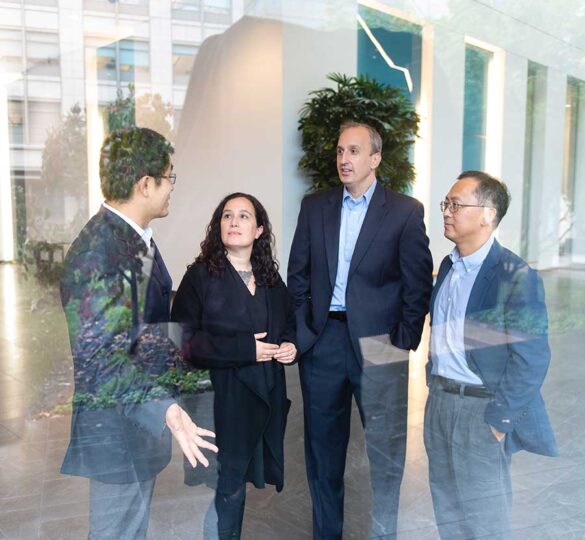
Update from the Catalyst for a Cure Vision Restoration Initiative
The Catalyst for a Cure Vision Restoration team has identified a set of three genes that, when inhibited, improve the survival of optic nerve cells in models of glaucoma.

Smart Contact Lenses Offer Exciting Glaucoma Breakthrough
Smart contact lenses use tiny sensors to collect data about the pressure inside your eye. They can measure and monitor changes in IOP, or provide on-demand release of glaucoma medication.